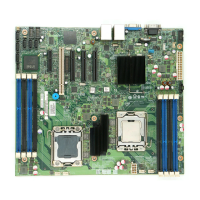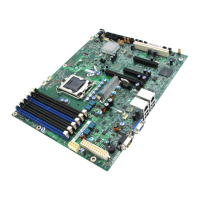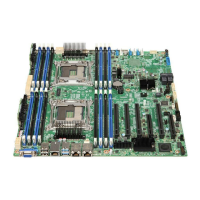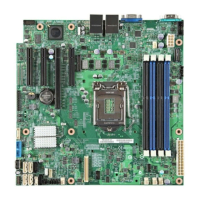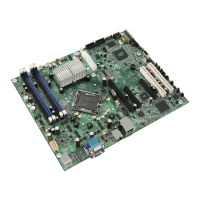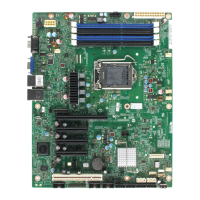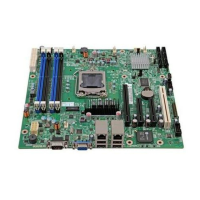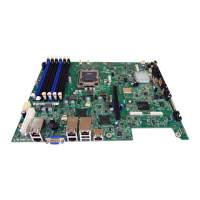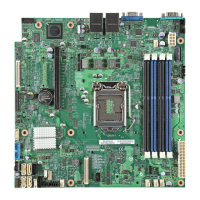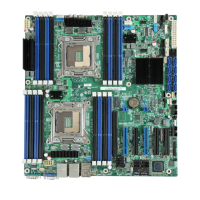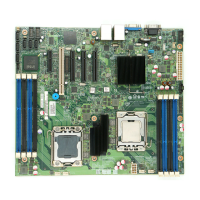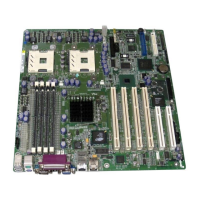Intel® 5000 Series Chipsets Server Board Family Datasheet Functional Architecture
Revision 1.1
Intel order number D38960-004
21
2.4.16 Native USB Support
During the power on self-test (POST), the BIOS initializes and configures the USB subsystem in
accordance with chapter 14 of the Extensible Firmware Interface Reference Specification,
Version 1.1. The BIOS is capable of initializing and using the following types of USB devices:
USB Specification-compliant keyboards
USB Specification-compliant mice
USB Specification-compliant storage devices that utilize bulk-only transport mechanism
USB devices are scanned to determine if they are required for booting.
The BIOS supports USB 1.1-compliant devices and host controllers. The BIOS configures the
USB 2.0-compliant host controller and USB 2.0-compliant devices in USB 1.1 mode because all
USB 2.0 devices are required to support USB 1.1 mode. Although USB 1.1 mode is slower than
USB 2.0 mode, the difference in speed is not significant during the pre-boot phase. The
operating system can reconfigure the USB devices in USB 2.0 mode as required. The BIOS
configures the USB 2.0 host controller (EHCI) so the operating system can use it.
During the pre-boot phase, the BIOS automatically supports the hot addition and hot removal of
USB devices. For example, if a USB device is hot plugged, the BIOS detects the device
insertion, initializes the device, and makes it available to the user. Only onboard USB controllers
are initialized by BIOS. This does not prevent the operating system from supporting any
available USB controllers, including on add-in cards.
2.4.17 Legacy USB Support
The BIOS supports PS/2* emulation of USB keyboards and mice. During POST, the BIOS
initializes and configures the root hub ports and then searches for a keyboard, a mouse, and the
USB hub then enables them.
2.4.18 Super I/O
Legacy I/O support is provided by a National Semiconductor* PC87427 Super I/O device. This
chip contains the necessary circuitry to control two serial ports and PS/2-compatible keyboard
and mouse. The Intel
®
server and workstation boards that use this chipset support the following:
GPIOs
Two serial ports
Removable media drives
Keyboard and mouse support
Wake up control
System health support
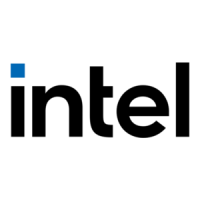
